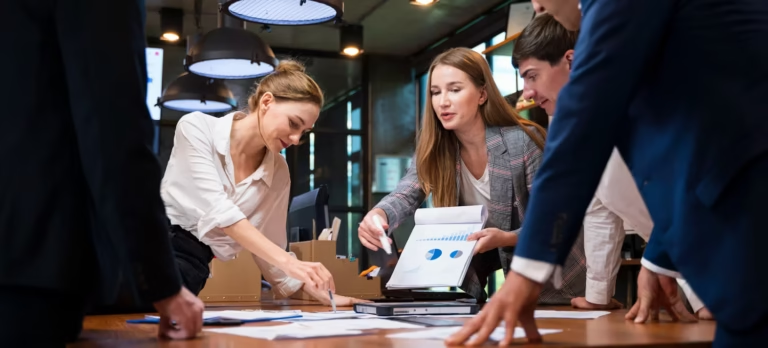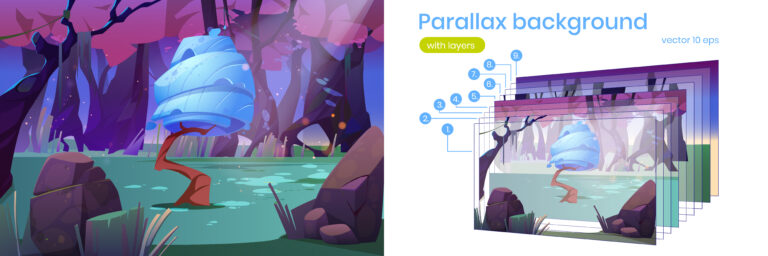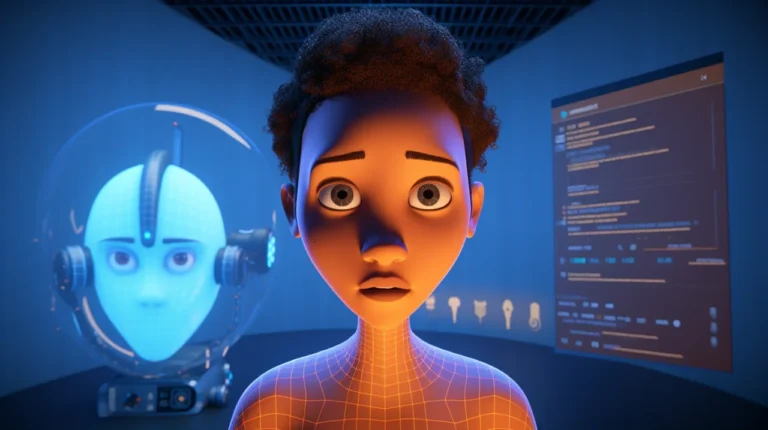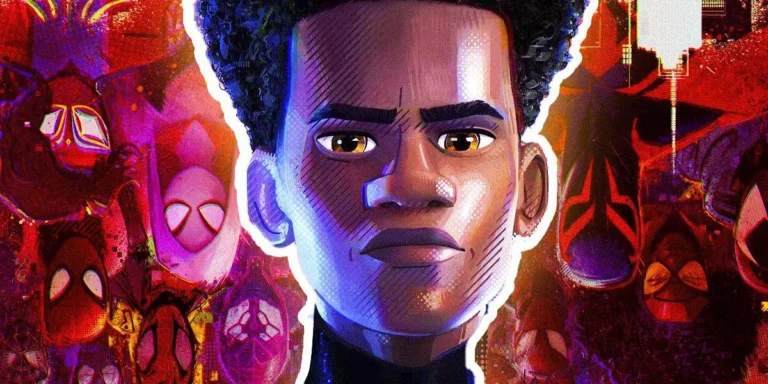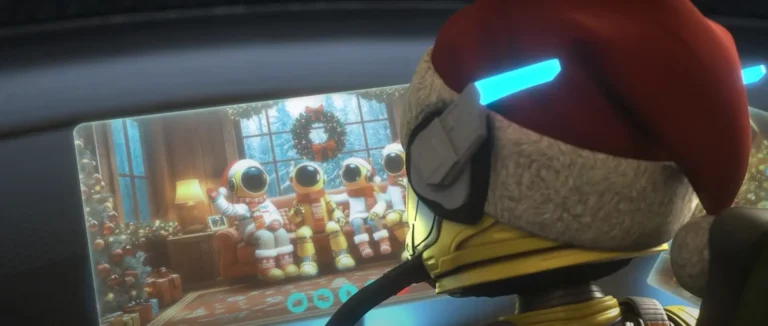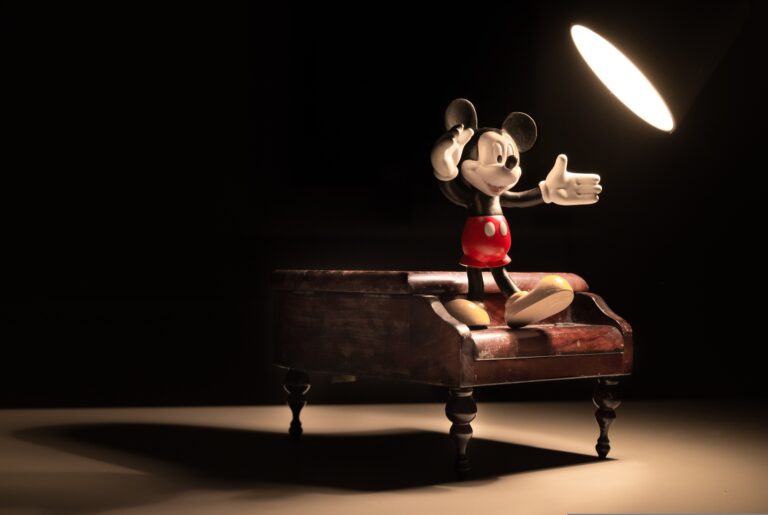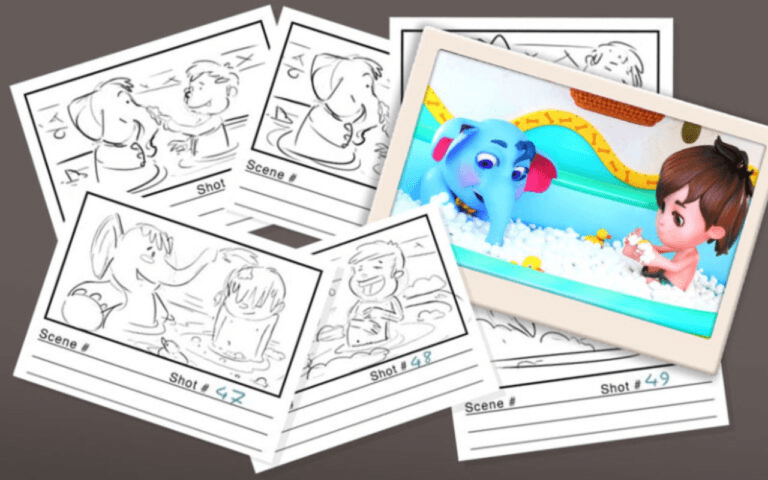You might entitle the word VFX to a 3D visual effect like explosions, fire, smoke, tornado, etc., but there are many instances of mixing and drawing 2D VFXs that lead to iconic and visually appealing shows like Arcane, Riot Games Cinematics.
2D VFXs give an organic feel to a shot. While 3D techniques dominate the majority of visual effects today, 2D visual effects still play an integral role in animated productions. This article will discuss various examples and techniques used for 2D VFX and its place in an animation production pipeline.

Need Animation Services?
Visit our Animation Service page to see how we can help bring your ideas to life!
1- 2D VFX as a Part of Pipeline
You may have heard of 3D VFX by now and where it lies within the 3D animation pipeline. 2D visual effects are fundamentally different, though, from the background required for the artists who do it to the tools and techniques it is used to produce such effects.
It can be said that in the end, the pending result for both routes is to create dazzling and unique effects to amplify a scene in animation, 2D VFX is part of the post-processing stage of a 3D animation, alongside steps like composition, color correction, and final render of a 3D animation.
2D visual effects are simulations that are drawn on a two-dimensional space without the extra axis element, artists tend to paint highly detailed textures and use the 2D platform to add depth and visual appeal by drawing effects like smoke, dust, water, and magical lights and effects to add that hand-crafted look.
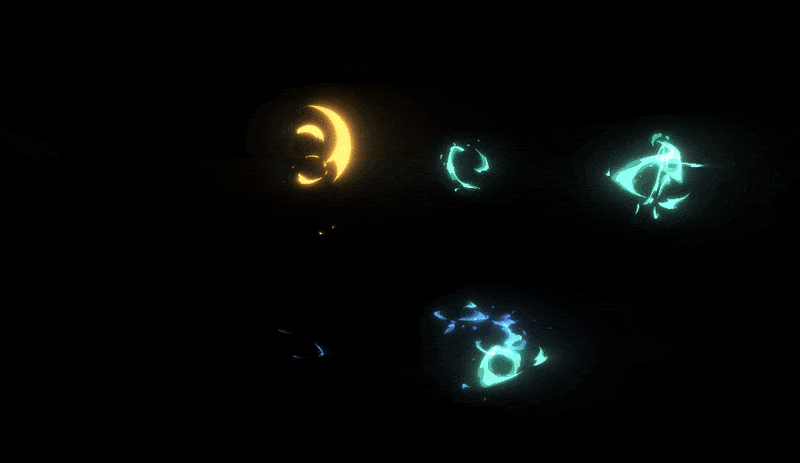
2- Tools and Techniques of 2D VFXs
Many programs and tools can be an appealing workspace for an artist, programs as Photoshop for digital painting, After Effects for adding particles and simulations, and even in Blender, we have grease pencil that can be used to create 2-dimensional effects.
Let’s take a look at various 2D VFX techniques and their usage in animation:
2-1- Digital Painting
This involves using a graphics tablet and software like Photoshop to create artwork and effects frame-by-frame. Artists can mimic traditional painting techniques like color blending, texture brushes, smudging, layers, etc., in a digital workflow.
For animation, painters may start with concept art before painting the final backgrounds, textures, lighting effects, magical energy, etc. The tactile, hand-painted look brings a unique style.
2-2- Cel Animation
This traditional frame-by-frame animation technique was used to bring movements to life before digital tools. Each frame is drawn by hand, with slight adjustments to shapes and forms to create the illusion of movement when rapidly flipped through.
Effects animators use this technique to add hand-crafted nuance to elements like water, smoke, fire, and “pixie dust”. The frame rate and amount of drawings determine the timing and fluidity.
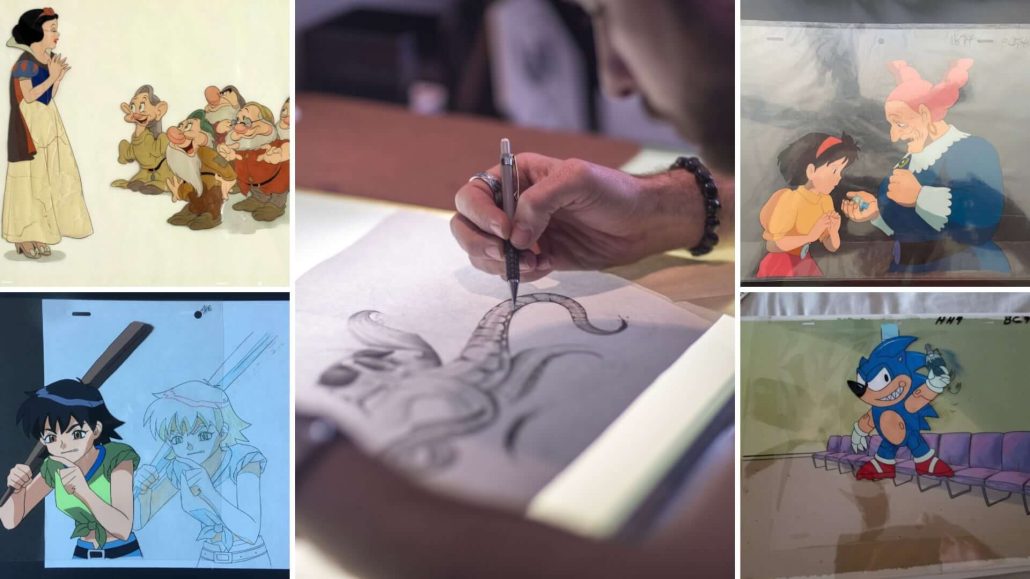
2-3- Particles Systems
Particles are small graphical objects like dots, blobs, or images that can be generated and animated in large numbers to create effects like sparks, smoke, or crowds.
Software like Particular in After Effects allows setting parameters like quantity, physics, turbulence, and keyframing properties over time. Complex behaviors like swarming, branching, and attraction can be simulated. The randomized organic motion creates natural effects.
2-4- Rotoscoping
This involves tracing over live-action footage frame-by-frame to isolate a subject from its background. The tracing creates an animated mask that can then be used to selectively modify the foreground and background separately. It allows integrating live-action with animation in complex ways, like having cartoon characters interact with real environments.
3- Examples of 2D VFX
For me, when the word 2D VFX is mentioned, the first title that comes to my mind is Arcane, The show produced by Netflix cleverly blended 2D artistry with 3D animation to bring the visual essence of League of Legends into the animated format.
The characters were 3D models, rigged, and animated in Autodesk Maya. However, the environments utilized deep matte paintings crafted in Photoshop, establishing mood through lighting and intricate city details.
3D elements were later composited into these matte backdrops. The ethereal glow of crystal shard magic was hand-animated using traditional cel techniques in TVPaint.
Rotoscoping and masking isolated the foreground 2D animations. A stylized cel-shaded look was applied to the 3D models, avoiding realistic rendering. Camera effects like chromatic aberration further stylized the visuals. This mixed 2D and 3D pipeline translated League of Legends’s artistic style into animation in an innovative way.
Spider-Man: Into the Spider-Verse is another great example. The show had pioneered techniques for adapting comic book aesthetics into CGI. The characters and backgrounds rendered in 3D were overlaid with custom halftone and Ben-Day dot filters reminiscent of dot matrix printing.
Speech bubbles floated above characters, fused into the 3D world through compositing. The cinematography mirrored the bold comic book look. This unprecedented hybrid visual design brought comic panels to new life through its fusion of 2D art with 3D animation video services.
Both examples showcase the power of strategically blending 2D artistry with 3D techniques. Through matte painting, hand-drawn effects, stylized rendering, compositing, and camera filters, source material aesthetics can be reimagined for animation mediums.
Conclusion
2D visual effects discreetly infuse animation with organic magic. Like a dash of seasoning, they enhance scenes with hand-crafted charm through smoke, water, and mystical glows blended into 3D worlds. An animator’s diverse toolkit – digital matte paintings, fluid cel animation, intricate particle systems – provides endless options for weaving 2D artistry into animation.
Pioneering works like Arcane and Spider-Man: Into the Spider-Verse show the tremendous potential of fusing 2D with 3D animation. This fusion allows beloved source material to leap into stunning animated realms that capture their visual essence. As animation continues to evolve across mediums, the unique life and texture 2D visual effects bring will remain invaluable. Their nuance and magic resonate, enriching animation with the flair that most captivate audiences.
